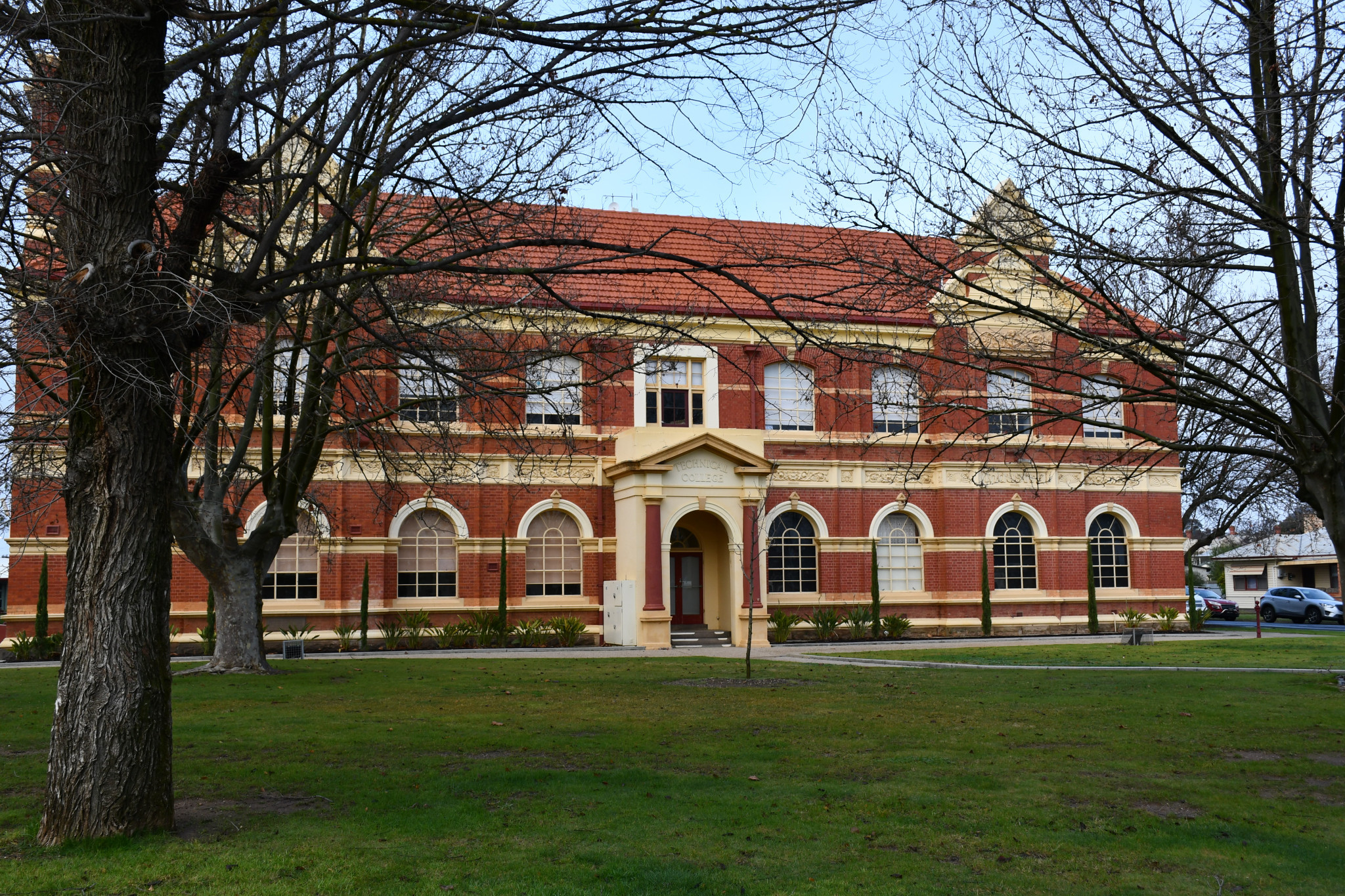Council & Business
3 January, 2025
Rate cap impacts council
The Victorian Government has released its rate cap for the coming financial year, and while designed to ease cost of living pressures, it will force the Central Goldfields Shire Council to again cut costs to deliver community services.

Minister for Local Government Nick Staikos announced the three percent rate cap for the 2025-26 financial year last month, up from the previous rate cap of 2.75 percent, as recommended by the Essential Services Commission.
The rate cap, introduced in 2016 as part of the Labor Government’s Fair Go Rates System, is designed to ease cost of living pressures for Victorians and encourage sound financial management by local government through capping how much councils can increase the rates they charge each financial year.
While a cap on rate increases sounds beneficial for homeowners, the downside is that it limits a key funding stream for local governments that provides services and facilities like local parks, libraries, community centres, roads and footpaths, kindergartens and sporting facilities.
According to Minister Staikos, rate capping means families have certainty over their council rates.
“This rate cap will mean local councils are able to raise necessary revenue for the services they provide, without adding cost of living pressure on households,” he said.
Despite this, the Central Goldfields Shire will continue to face “challenges” under the rate cap — which is based on an estimate of the Consumer Price Index (CPI) and does not reflect actual costs, council’s general manager corporate performance Mick Smith said.
“Rising interest rates and the cost of living is having an impact on everyone, and council isn’t immune to these challenges either,” he said.
“It’s these rising costs that are running well ahead of the rate cap set by the Victorian Government for a number of years.
“While the rate cap has increased to three percent for the next financial year — it’s still well below the increase in our actual costs and the current rate of inflation.
“Put simply this makes our ability to deliver the diverse and extensive range of services we provide the Central Goldfields community really challenging and means we need to reduce our expenditure to remain financially sustainable.”
Mr Smith said in June last year, council began preparing an application for a rate cap variation to accommodate changes to waste management guidelines, noting this will not contribute further council revenue.
“From January, our councillors will be working on the development of our council plan and budget with our challenging financial environment being a key consideration as part of this process,” he said.
The Municipal Association of Victoria, the peak body for the state’s 79 councils, claims the rate cap will offer little financial relief for councils.
“Using CPI to inform the rate cap simply doesn’t work for councils. It’s not a true reflection of the increased costs our sector faces in construction, materials, staff wages, and services,” president Cr Jennifer Anderson said.
“The current rate cap does not take into account the vastly different needs of councils across the state. Some councils are still facing exhaustive repair bills from natural disasters, others are in desperate need of upgraded or new infrastructure.
“Setting a single rate cap does not account for the broad variety of these challenges, let alone the role that local governments play in supporting the economy.”